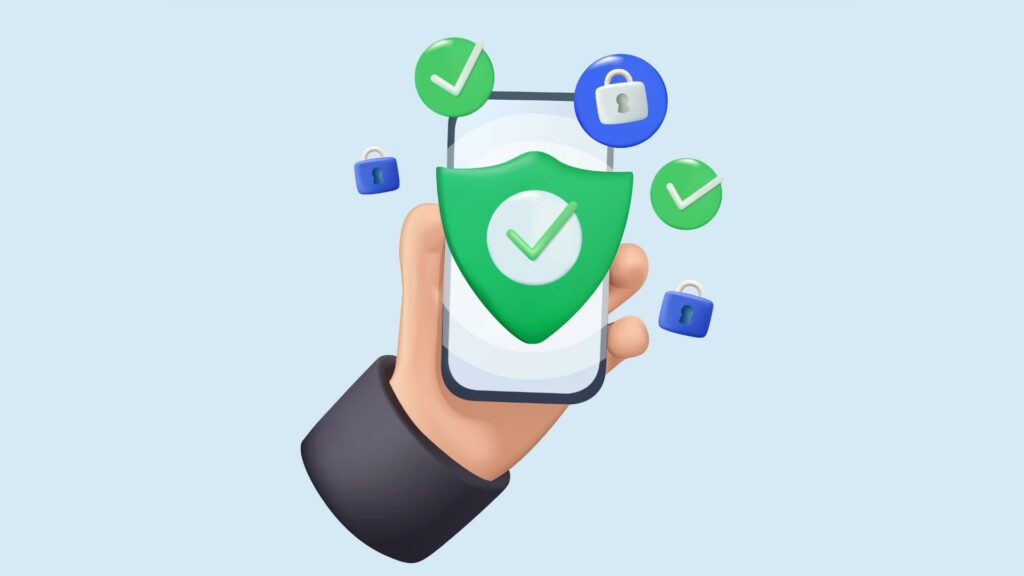What is Customer Reverification?
When we think of identity verification, we often think of the process during customer onboarding. However, identity verification should not be a one-time process. Reverification of a customer’s identity is vital in a variety of scenarios to ensure ongoing security and compliance.
In this blog, we talk about the concept of reverification of customers’ identities, different use cases, and different types of verification, including the benefits and challenges that organizations face when implementing it.
Reverification and its Importance
Reverification is the process of proving a customer’s identity following initial verification. It could happen periodically or when certain triggers occur. It ensures that the identity information is kept accurate and updated over time. Identity verification is not always a one-time event, but an ongoing process, which is especially important in industries where Anti-Money Laundering (AML) regulations require continuous monitoring of customers.
Other than adhering to regulations, reverification provides other benefits to companies that implement it. It protects against account takeovers by ensuring that the person accessing the account belongs to the legitimate owner. Reverification is also based on a proactive approach that strengthens overall business security protocols, allowing for the timely mitigation of financial crimes and other threats.
Reverification Use Cases
- High-risk transactions or activities: When a customer engages in high-risk transactions, additional verification is performed. Examples include large financial transactions, international money transfers, and unusual purchasing patterns.
- Changing account information: Any changes to the account holder’s personal information sometimes result in a reverification to ensure the customer’s identity. This prevents unauthorized users from making changes to the account.
- When detecting a suspicious activity: When there is unusual activity on an account, for instance, multiple failed login attempts or transactions from a new location, reverification can help to confirm that the activity is being carried out by the legitimate account owner.
- Expired documents: When a customer’s identification documents expire, new verification is required to keep records current and accurate. This is especially important for documents such as passports and driver’s licenses.
- Protocol after a breach: After a security incident or data breach, organizations might require all users to reverify their identities as a precautionary measure.
- Account reactivation: Reverification can be applied to dormant accounts or when a user has not logged in for an extended period to ensure that the returning user is the account owner.
- Regulatory compliance: Continuous monitoring and adherence to new regulations require reverification to ensure compliance with industry standards. AML regulations, for example, frequently require continuous customer due diligence.
What are the Different Types of Reverifications?
Several methods and tools are used for customer reverification.
- Government ID: Using identification documents, such as a passport or driver’s license, to verify an identity. This method is highly reliable, but it may cause some friction or inconvenience for the customer. This will be explained further below.
- Selfie and Face Match Technology: Matches a real-time selfie to the photo on the ID. Advanced algorithms compare facial features to determine if there is a match, resulting in a seamless and secure verification process.
- Continuous Reports: Checking against Politically Exposed Persons (PEP) and sanctions lists to check that the customer is not engaged in illegal activity. These lists are constantly updating. Someone who is not on these lists now may end up on one tomorrow, depending on political circumstances, etc. Some continuous monitoring tools can notify companies of any changes in a customer’s risk profile.
The Challenges
Customer Friction
Customers may find reverification inconvenient or unnecessary, especially when they have to dig for their IDs and go through the processes. To address these challenges, businesses should assess their risk levels and select the best verification methods, balancing security requirements with customer experience. Fortunately, many solutions nowadays offer verification services that can be done in seconds. Also, organizations should effectively communicate the reason for reverification to customers, which may help them understand its importance.
Phishing Concerns
Customers may be concerned about phishing attempts that target reverification processes, especially because it involves their personal data and biometric information. Clear communication and education about official channels and procedures can help alleviate these concerns.
Trusted Identity Verification for All
At Keesing Technologies, with over a century of expertise in identity verification, we’ve been at the forefront of evolving identity needs. Our legacy of innovation and trust spans across thousands of businesses worldwide, offering a range of solutions from a comprehensive ID database for manual checking and a seamless automated service, to cutting-edge data as a service if you are interested in integrating our data into your own solutions.
Interested in exploring our solutions? You can either click the button below, email us, or call us at +31 (0) 207157825.

